Graham Reid | | 2 min read
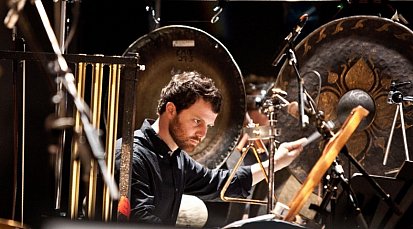
Introducing Sacramento-raised percussionist Justin DeHart to a lay audience isn't easy because as illustrious as his connections and collaborations are, outside the true church of his world they aren't that familiar.
So let us start with something recognisable about this versatile musician who has performed with the rock band Cheap Trick, Police drummer Stewart Copeland and pipa master Wu Man; was nominated for a 2012 Grammy (best chamber music/small ensemble performance for Rupa-Khandha); won a prestigious award in Germany for his album of Stockhausen's percussion works in 2015 . . . and picked up a Tui for his solo album Landfall; New Zealand Percussion Vol 1 of 2021.
Currently an associate professor at the University of Canterbury, DeHart has played with theNZSO and is a member of the Los Angeles Percussion Quartet; was awarded a Fulbright Scholarship to study in India . . .
He has, apparently, over 100 recordings to his name, grew up with Rush and Led Zeppelin, got into reggae and pop-rock, discovered Steve Reich, Xenakis . . . .
So, are we not persuaded?
Following that successful album for Rattle, he now has two more to his name on the label: Percussion Spheres and Ring.
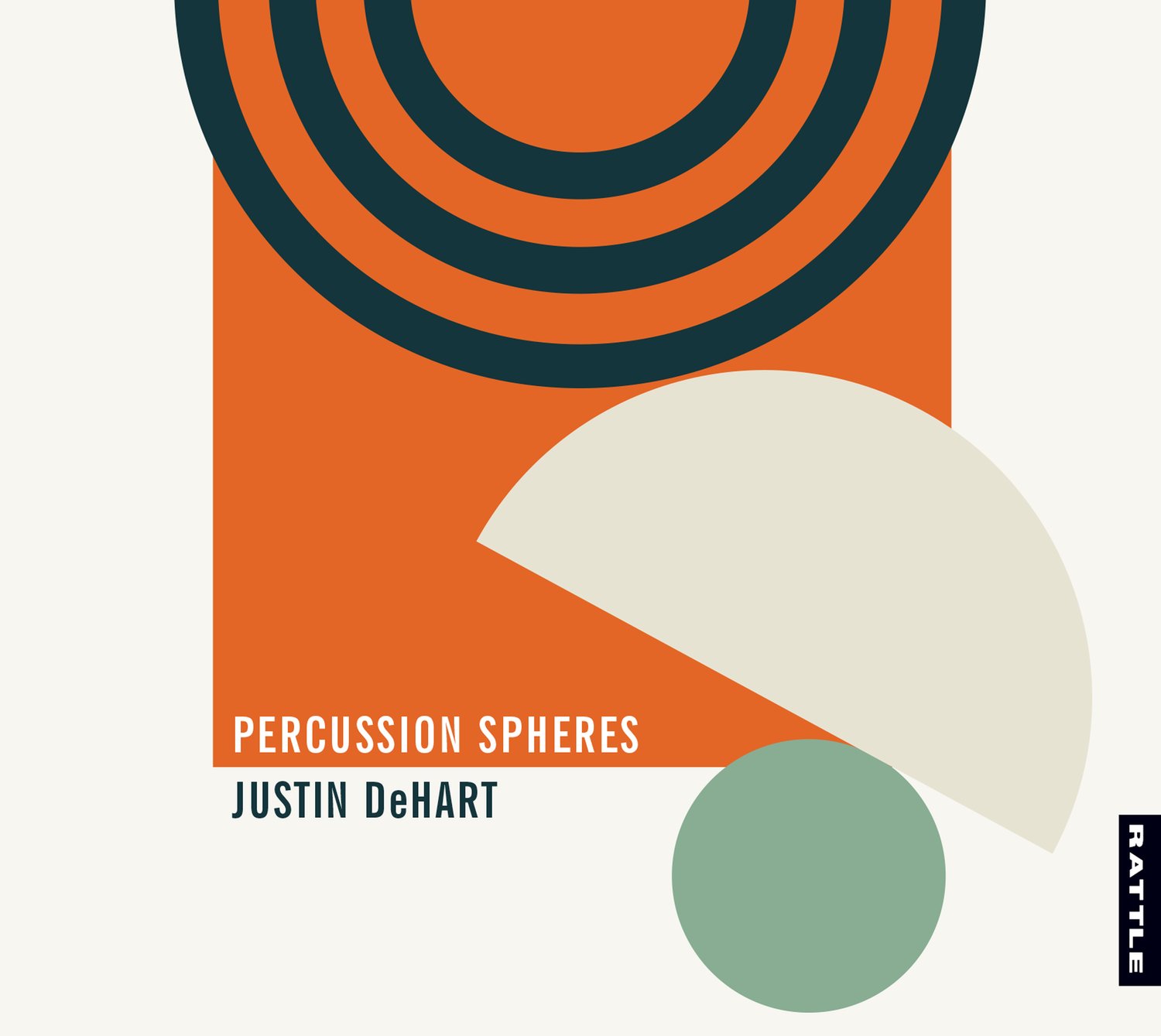 Percussion Spheres – performed, produced, recorded, mixed and mastered by DeHart – came from a two week, 2021 series of concerts with international players at the International Society of Contemporary Music festival. It features work by Canadian, Portuguese and Korean composers which includes electronics (on Nuno Costa's Instrepere III) and samples (Hyunsuk Jun's Typewriter).
Percussion Spheres – performed, produced, recorded, mixed and mastered by DeHart – came from a two week, 2021 series of concerts with international players at the International Society of Contemporary Music festival. It features work by Canadian, Portuguese and Korean composers which includes electronics (on Nuno Costa's Instrepere III) and samples (Hyunsuk Jun's Typewriter).
For an album of music where things are hit, the pieces are full of wit, tension and musicality.
The seven miniatures of Paulo Bastos' Iris-Abandono – based on a poem Anto by Mario Sa-Carneiro – are delightful, dreamlike and mysterious.
Here is the fourth part, Cristal de essenceias langues
Cristal de essences langues
His other new album Ring focuses solely on the complete solo percussion work of American composer John Bergamo (1940-2013) who played with Frank Zappa, L Shankar and Shakti. Hiswork inspired DeHart's journey to South India to study their tabla traditions
 DeHart first encountered Bergamo's compositions as an undergraduate in Sacramento and later studied with him, so he knows these spare works intimately.
DeHart first encountered Bergamo's compositions as an undergraduate in Sacramento and later studied with him, so he knows these spare works intimately.
“I was drawn to Bergamo’s compositional use of extended techniques and for his own pioneering use of hand drumming, as evidenced by his recordings and performances.
“Bergamo seemed to approach music in a uniquely collaborative and trans-genre manner, which was contrary to many of the musicians I was aware of at the time, who were specialists in one area or another.
“I eventually met Bergamo in 1999 and was further drawn to his ability to connect with young students and demonstrate how musicking can (should!) be both fun and serious at the same time.”
There is extraordinary delicacy on this album – notably the Three Pieces for the Winter Solstice with barely-there vibraphone, scraping mallet and finger cymbal
Three Pieces for the Winter Solstice I
But here too is muscularity (Four Pieces for Timpani), telling silences and five short pieces for marimba (two parts of which are barely audible, you'll need to lean in!).
We often say that certain albums are not for everybody, and it would be easy to default to that here.
Yet Justin DeHart creates subtle, seductive or gripping musical journeys across these composers' pieces.
So we suggest putting aside preconceptions and – knowing he grew up on Led Zepp, has played with Cheap Trick and knows his Stockhausen and John Cage – just climb aboard for the ride.
.
You can hear and buy these albums at bandcamp here

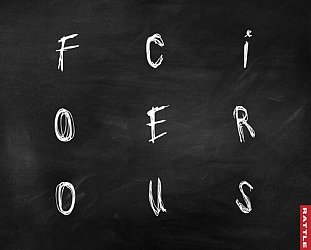

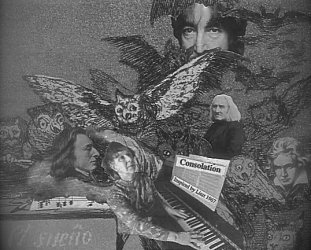
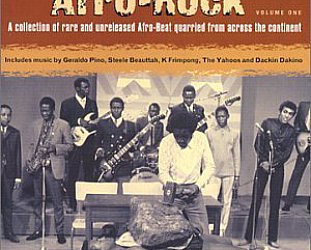
post a comment